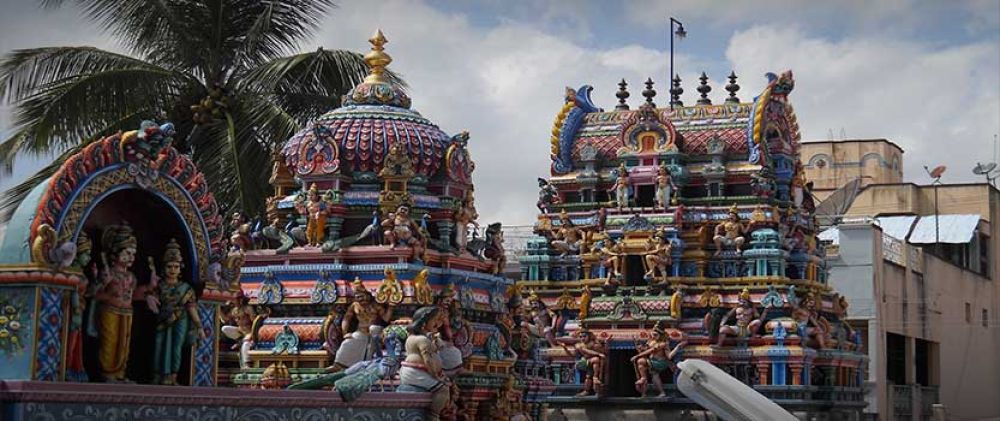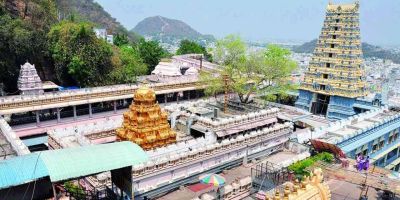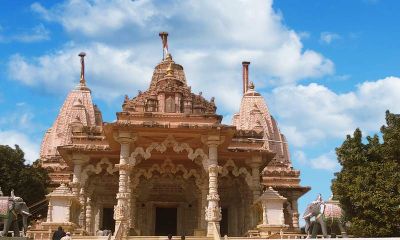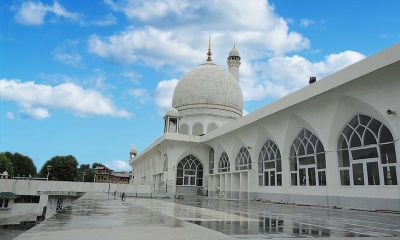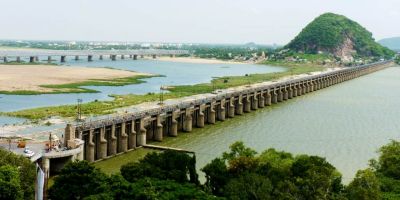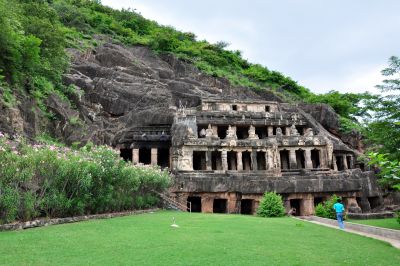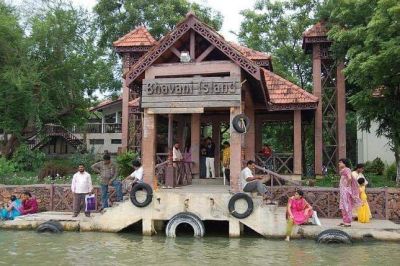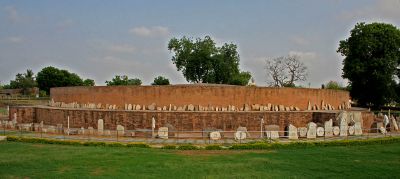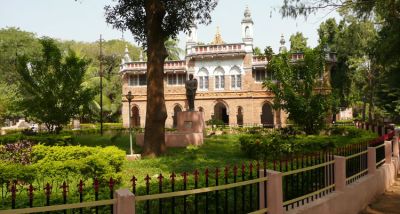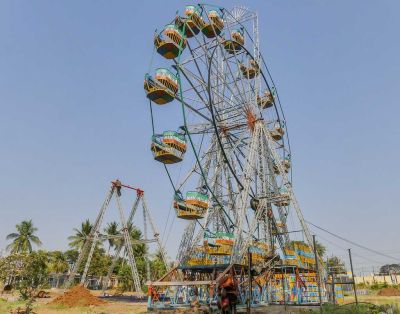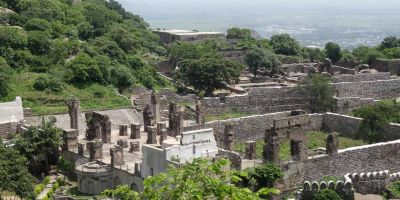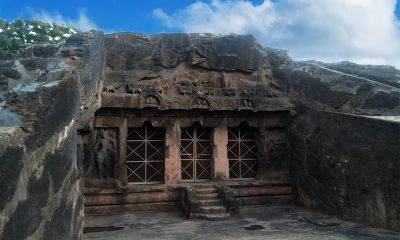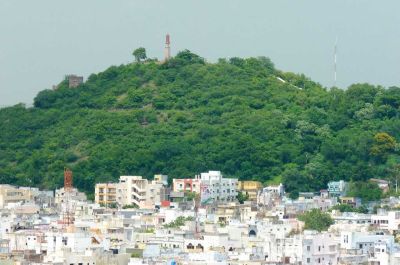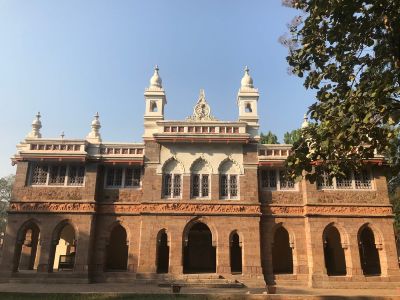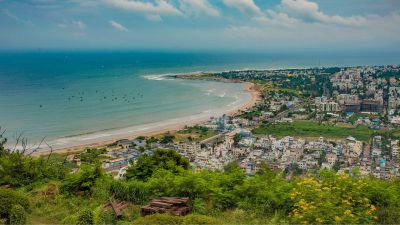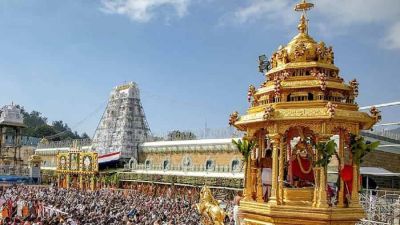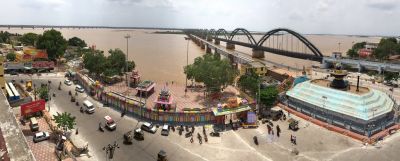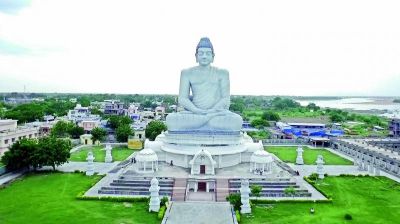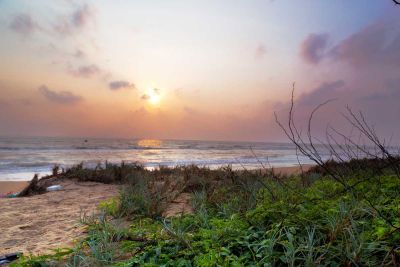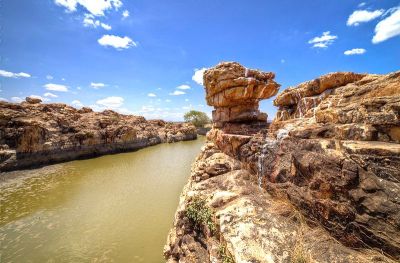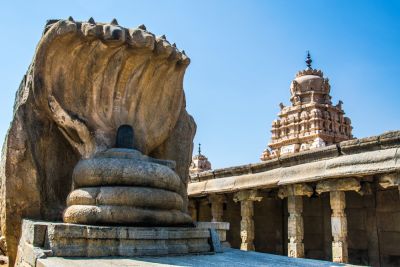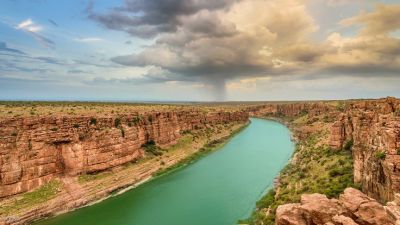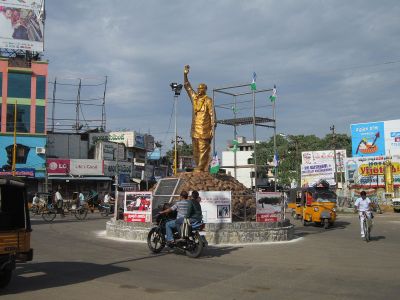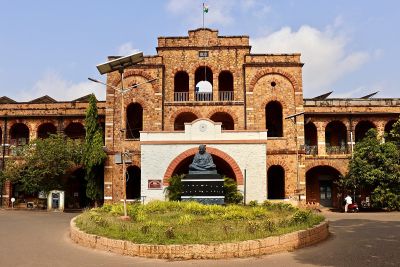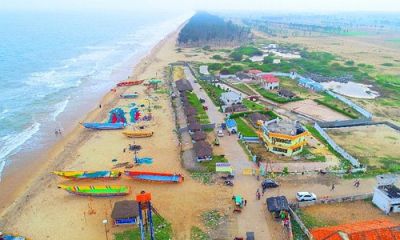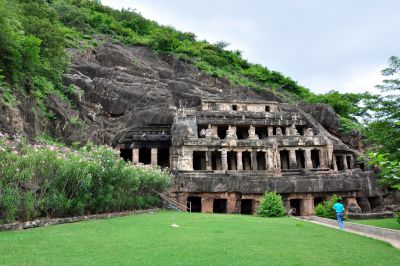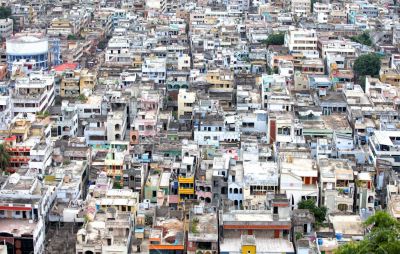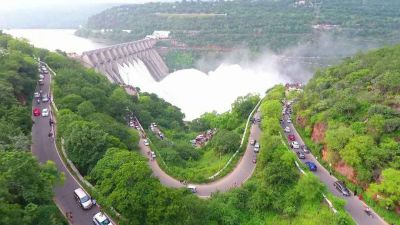Subramanya Swamy Temple, Vijayawada, Andhra Pradesh, India
History of Tourism at Subramanya Swamy Temple
The Subramanya Swamy Temple in Vijayawada is an ancient site of worship dedicated to Lord Subramanya, also known as Murugan, the son of Lord Shiva and Goddess Parvati. This historic temple is situated on the Indrakeeladri hill, alongside the famous Kanaka Durga Temple. The Subramanya Swamy Temple has long been a pillar of spiritual significance in South India drawing pilgrims from various parts of the country. The tourism history at this temple is rich, with its roots tracing back centuries when devotees embarked on arduous journeys to seek blessings at this holy site.
Over the years, as infrastructure developed, the journey to the temple became more accessible, and the number of visitors started to increase. With the growth of Hinduism's popularity as well as the temple's legend pertaining to the mythology of Lord Subramanya, the temple became an essential stop for pilgrims touring South Indian sacred sites.
Traditionally, the most significant time for tourism at the Subramanya Swamy Temple has been during the Skanda Sashti festival, which commemorates the victory of Lord Murugan over the demon Tarakasura. During this festival, the influx of visitors increases manifold, with thousands of devotees gathering to participate in the special pujas and rituals.
Latest Tourism Trends
In recent years, the tourism trend at Subramanya Swamy Temple has been influenced by a variety of factors. Improved connectivity, with better roads and public transport options, has enhanced the accessibility of the temple to a broader audience, including international tourists.
Moreover, digitalization has played a significant role in tourism. Many potential visitors now discover the Subramanya Swamy Temple through online platforms and social media. The facility of virtual darshans and online booking for rituals has catered to devotees from afar who are unable to visit in person.
Eco-tourism has emerged as a trend, with visitors not only coming for the temple but also to explore the surrounding natural beauty of the Indrakeeladri hill and the Krishna river. Combined religious and nature tourism packages have become increasingly popular, offering a holistic travel experience.
The temple authorities have also introduced various amenities and facilities to improve the tourist experience, such as clean and well-maintained premises, guesthouses, and prasad centers. There's a focused effort on preserving the heritage site while accommodating the comforts and interests of modern-day tourists.
